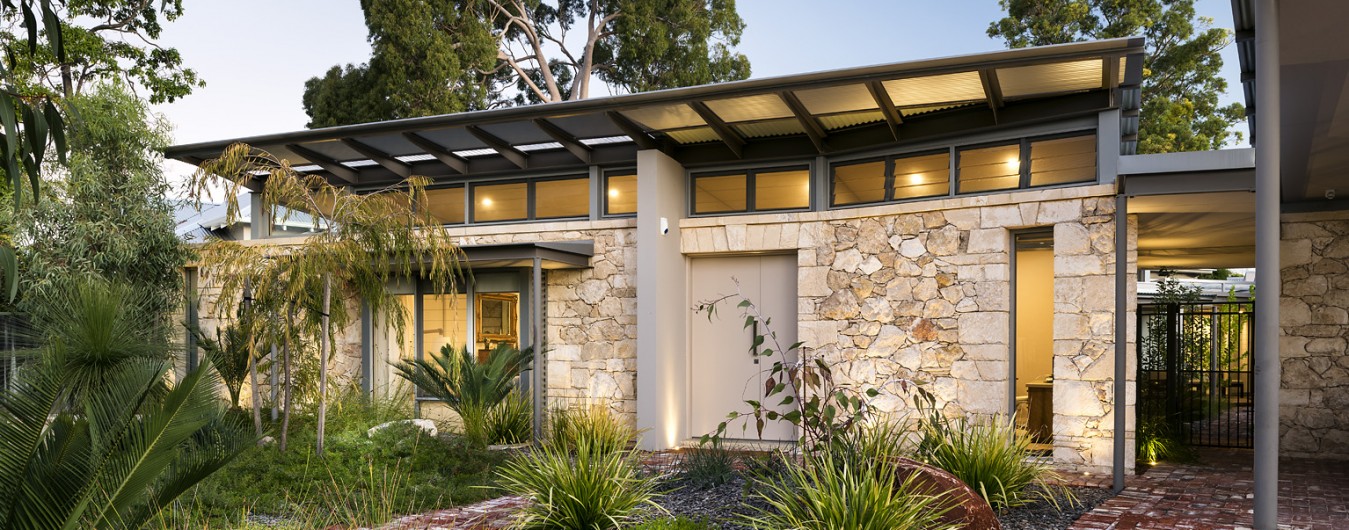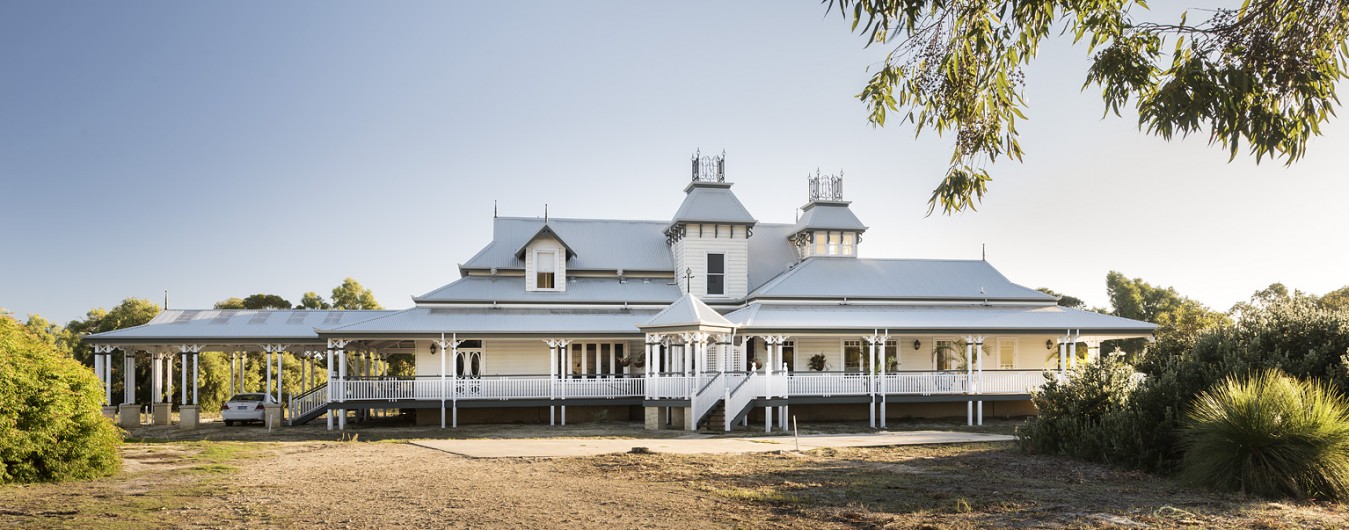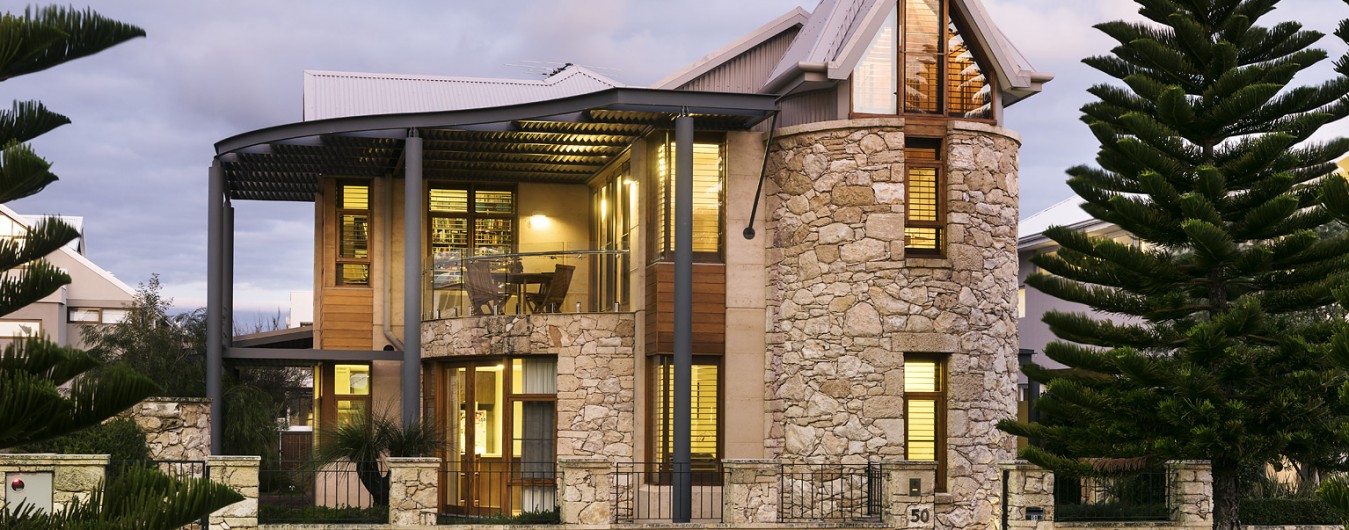solar-e.com is Near the Head of the Class!
22 July 2010
(Updated on 15 September 2010)
In a brand new report generated by HubSpot’s Website Grader, solar-e.com received a high distinction with a website grade of 95 out of 100 in terms of its marketing effectiveness when compared to the millions of websites that Website Grader has evaluated previously.
Website Grader presented a detailed analysis on how well solar-e.com is doing based on 50 different variables. Examples of variables include such measurements as approximate website traffic, search engine data, website structure, site performance, and social media popularity.
Highlights of the report include:
1) a ranking in the top 4.17% of ALL websites that have been ranked by Website Grader so far.
2) an Alexa traffic rank in the top 1.6% of ALL websites.
3) 285 inbound links: Inbound links are one of the most important measures for a website. It tells us how many other sites are linking to solar-e.com. These links are an indication that solar-e.com is trustworthy and contains good content.
The report clearly demonstrates that solar-e.com is moving in the right direction. We are looking forward to having more people join us in our quest for a brighter future.
Note: HubSpot is an online marketing and web analytics company based in the USA.









